Key elements for workspaces: enhance well-being
Productivity and well-being in office design
Office design has transcended the traditional debate between compartmentalized offices and open spaces. A good office design must go beyond trends, reflecting a well-defined strategy that considers corporate identity and the specific needs of employees, enhancing both their well-being and productivity.
1. Office design with purpose
Every workspace should be an extension of the company’s philosophy. It’s not just about aesthetics, but functionality and well-being. The layout, furniture, and materials must align with the company culture and facilitate the way people work and collaborate within it.
An office should be the ideal medium to foster the dynamics and values that make each company unique. In the case of Codiagro, new spaces are created to improve internal routines and visitor experiences. Areas like the supplier meeting room and the amphitheater, which serves as a forum for informal meetings and guided visits, are clear examples of how design can strengthen work dynamics and the flow of interaction between team members and visitors.
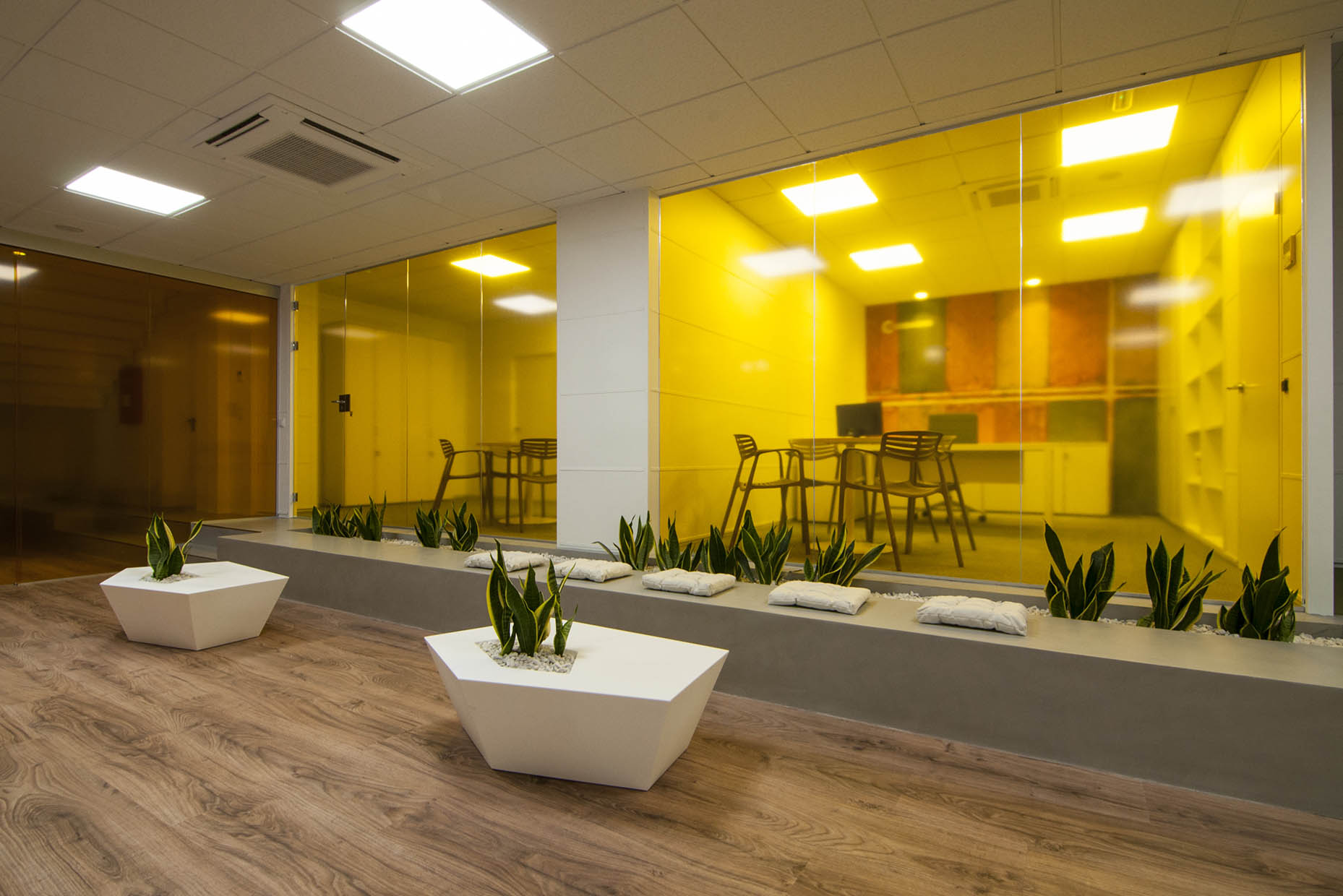
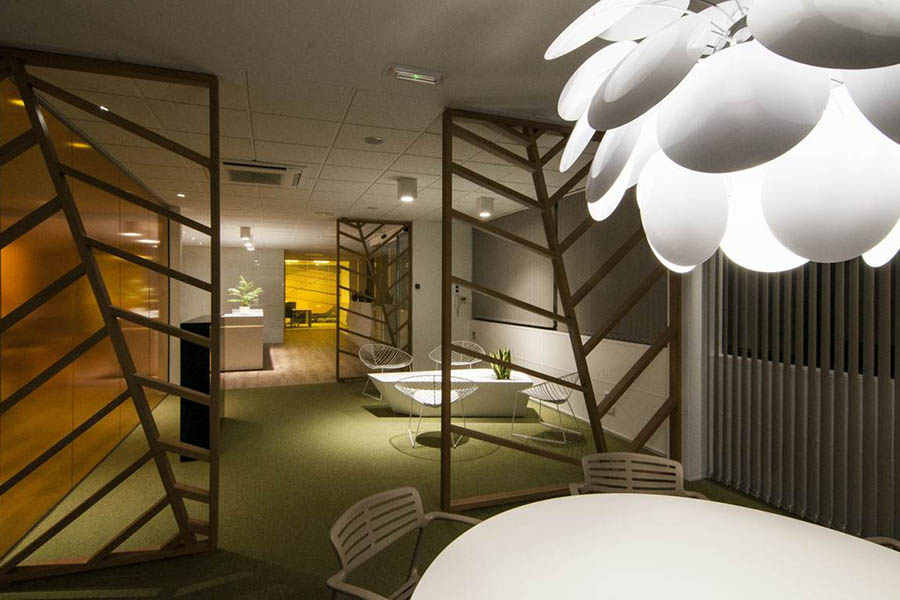
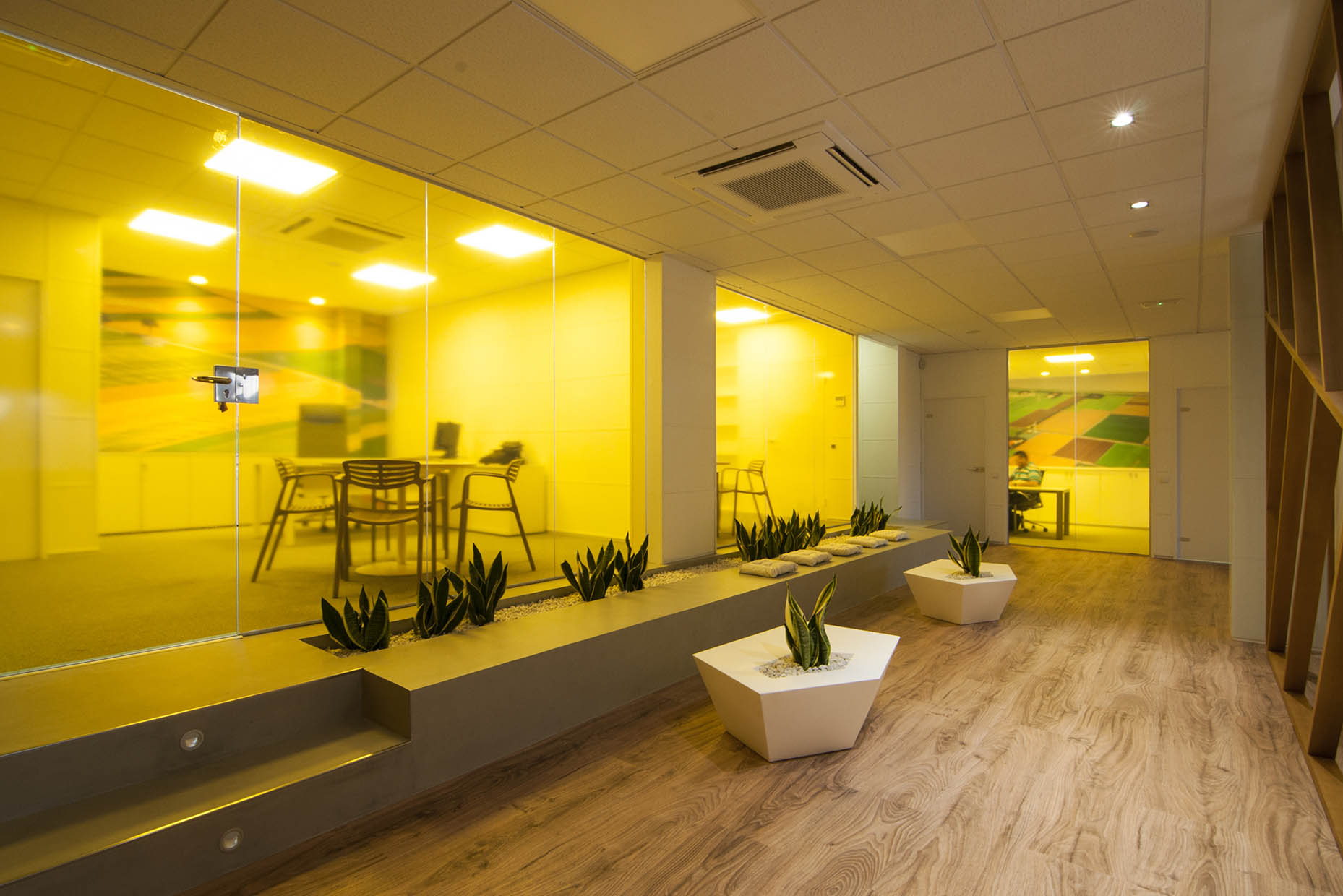
2. Workspaces that care for people
The main asset of any company is the people who make it up. Creating environments that promote well-being directly impacts motivation, creativity, and productivity. Flexibility in working conditions is key to attracting and retaining talent, but the design of the space also plays a fundamental role in employee happiness and daily performance.
An environment that promotes well-being is a driver of innovation and success. In the case of the office design for the IT consulting firm Accurate, an open-concept office layout was proposed with linear work tables, which promotes the flow of routines and communication between the multidisciplinary team. This layout fosters a work environment that supports the brand’s values of innovation, empathy, and creativity.
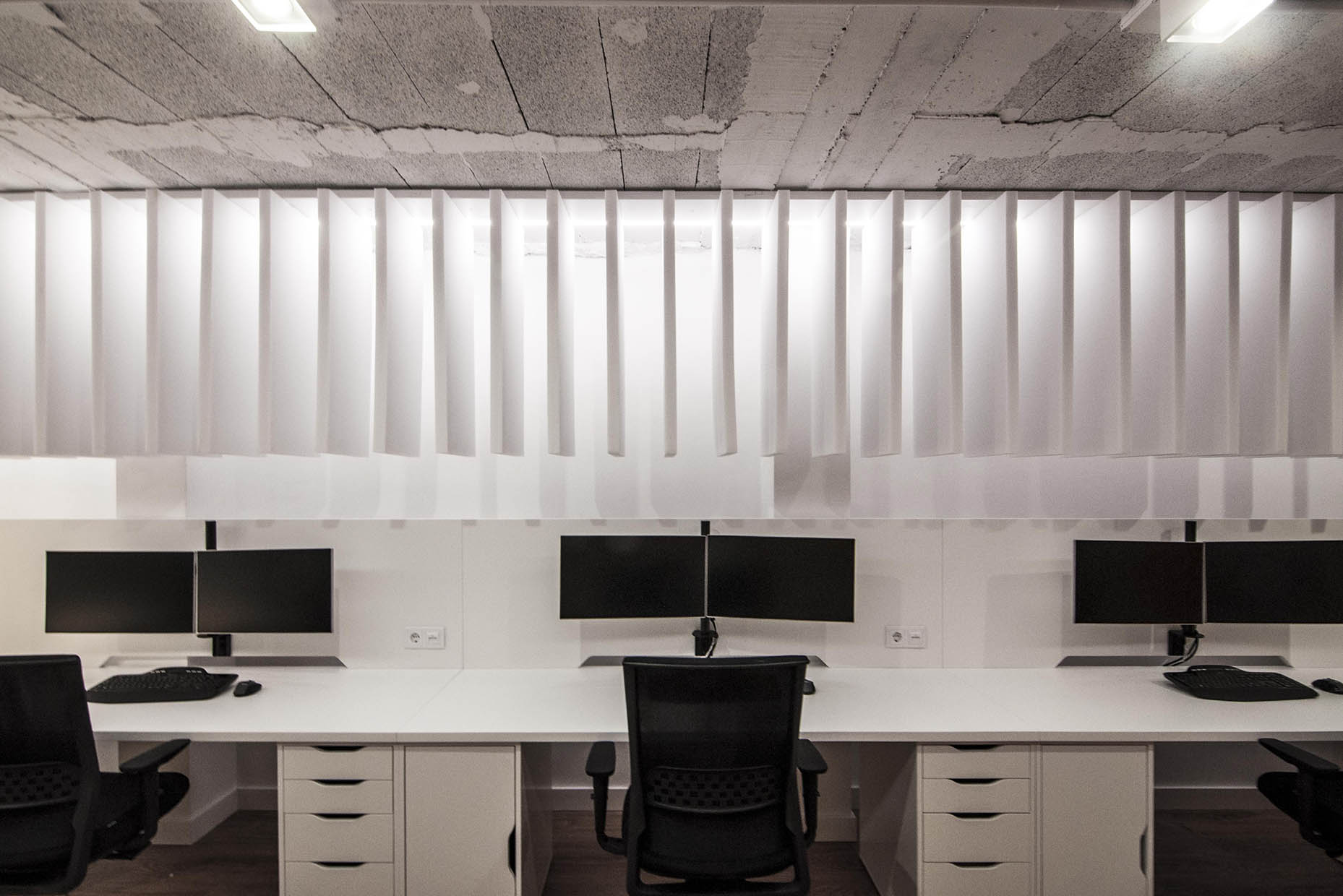
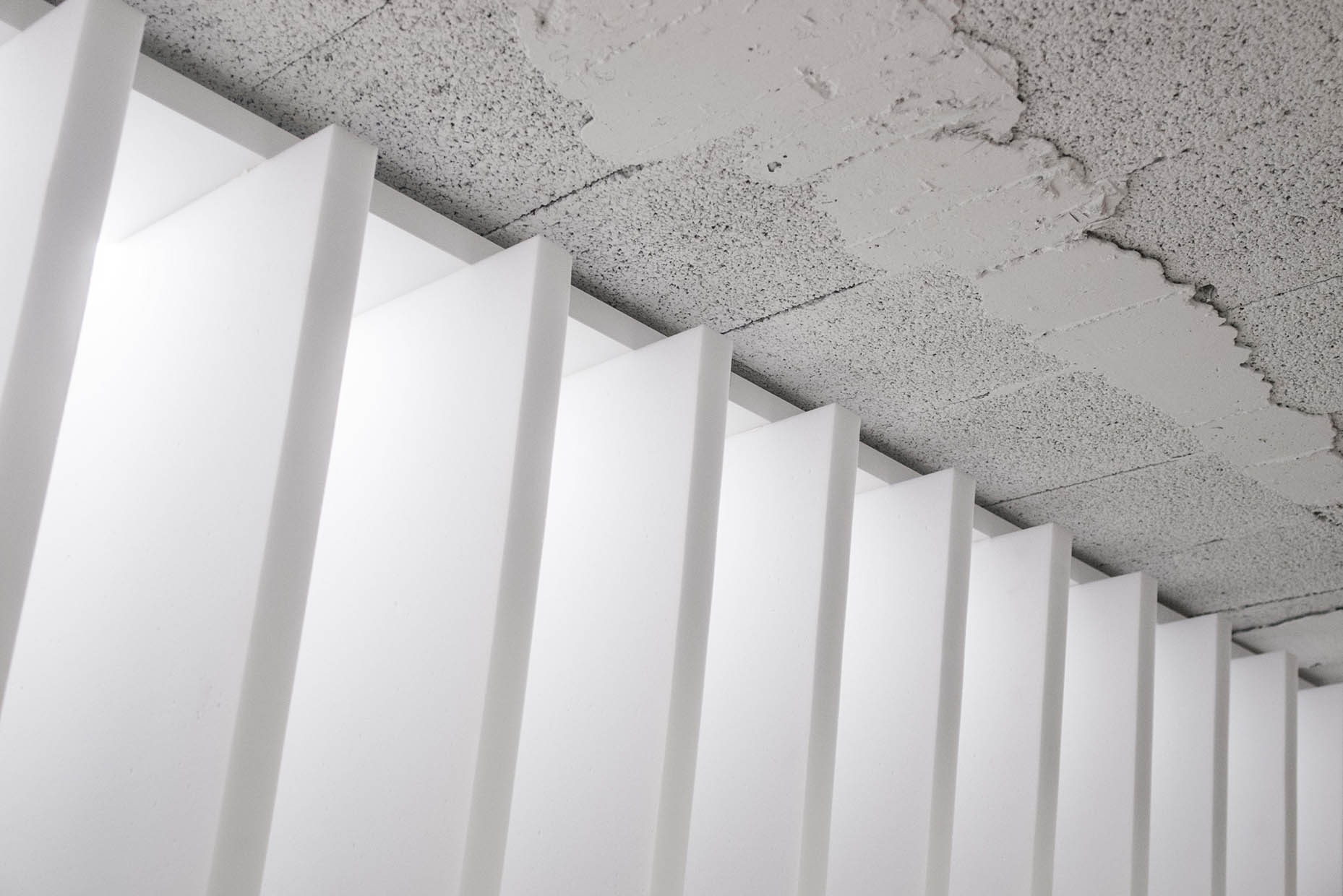
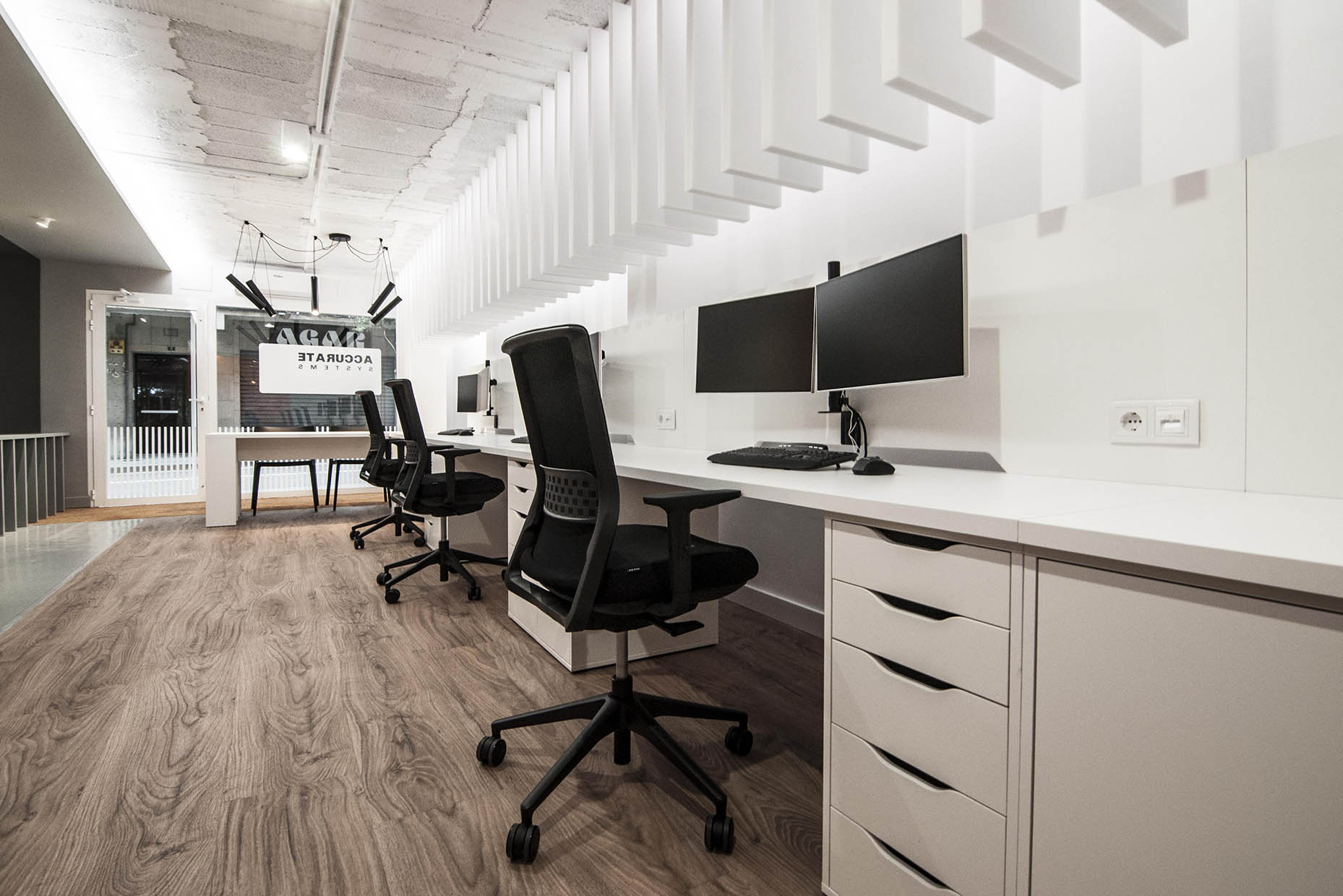
3. Key factors for comfort and productivity in office design
To create an efficient work environment, it’s essential to consider various aspects that directly impact well-being:
Functional layout: Adapt the space to changing needs with flexible furniture and arrangements that optimize workflow.
Proper lighting: Natural light is key to well-being. A well-designed lighting project should minimize eye strain and create a comfortable work environment.
Acoustic control: Noise is one of the main sources of distraction and stress in the office. Implementing acoustic solutions helps improve concentration and reduce fatigue.
Differentiated areas: Balancing spaces for individual work, meetings, collaboration, and rest leads to greater efficiency and well-being.
In the design of our own offices, we reflected on workflow and the need to balance collaboration and relaxation areas. The layout is organized into three key areas: work, presentations, and rest. Special attention is also given to acoustic control and adjustable lighting—essential factors for an environment that fosters both concentration and relaxation.
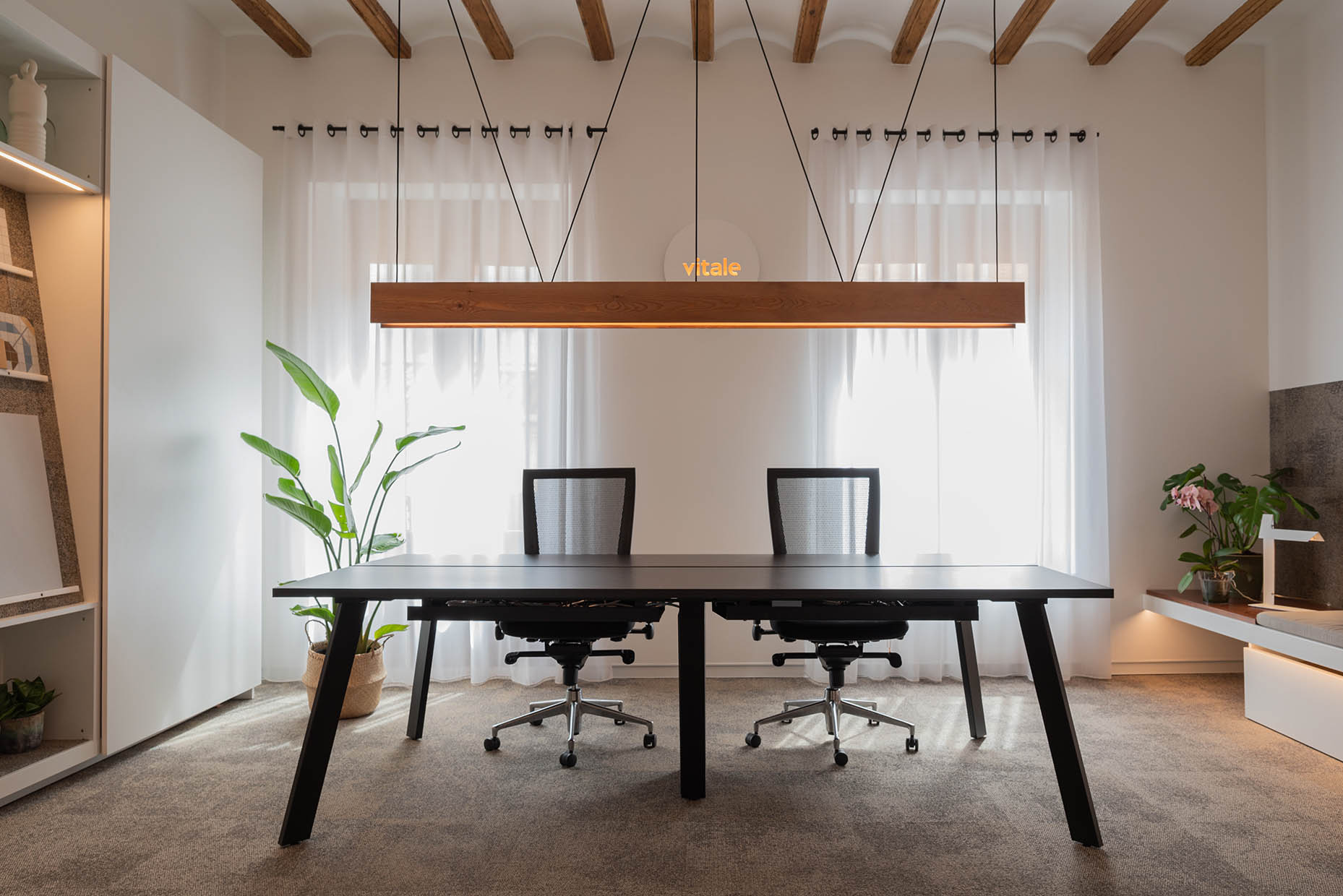
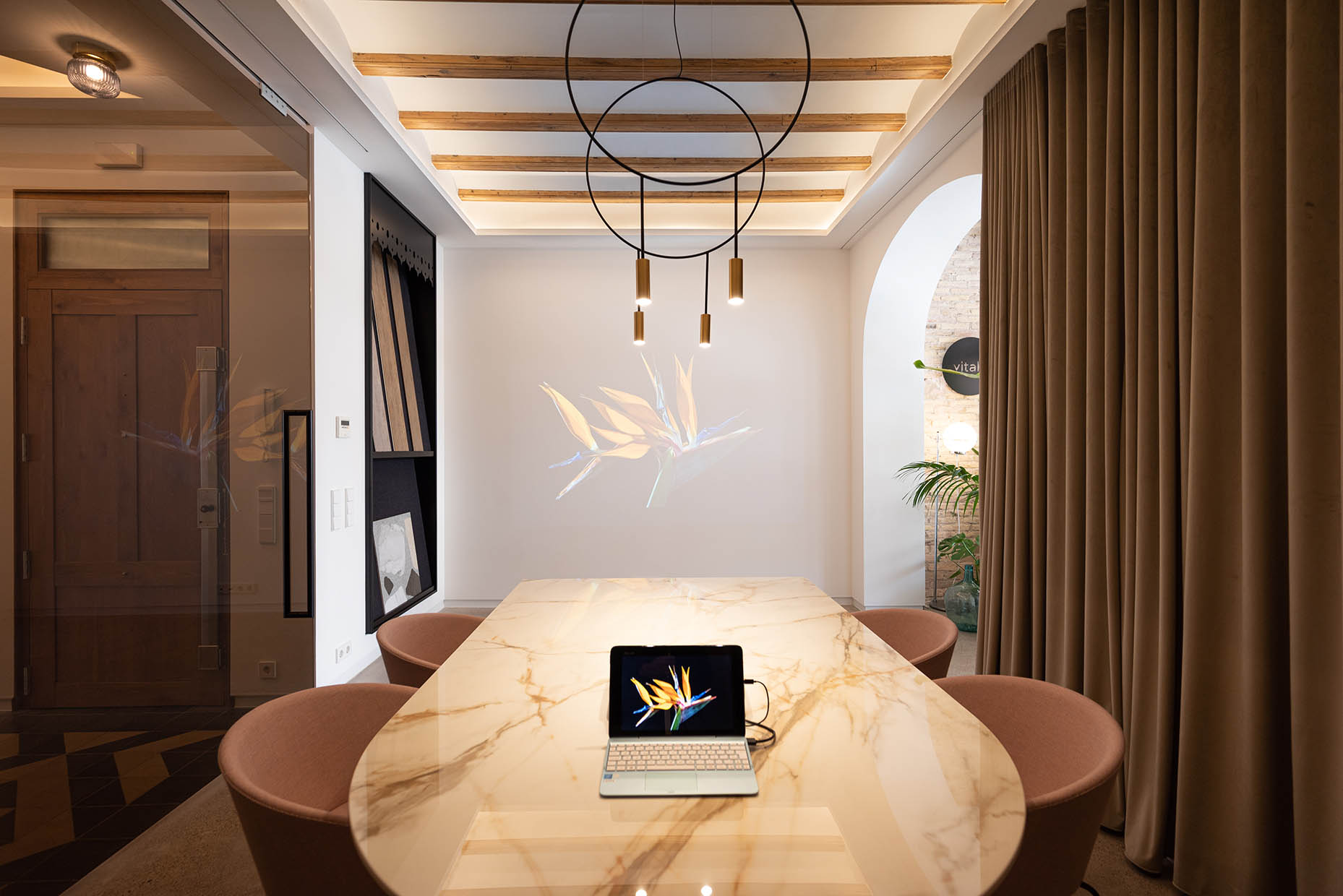
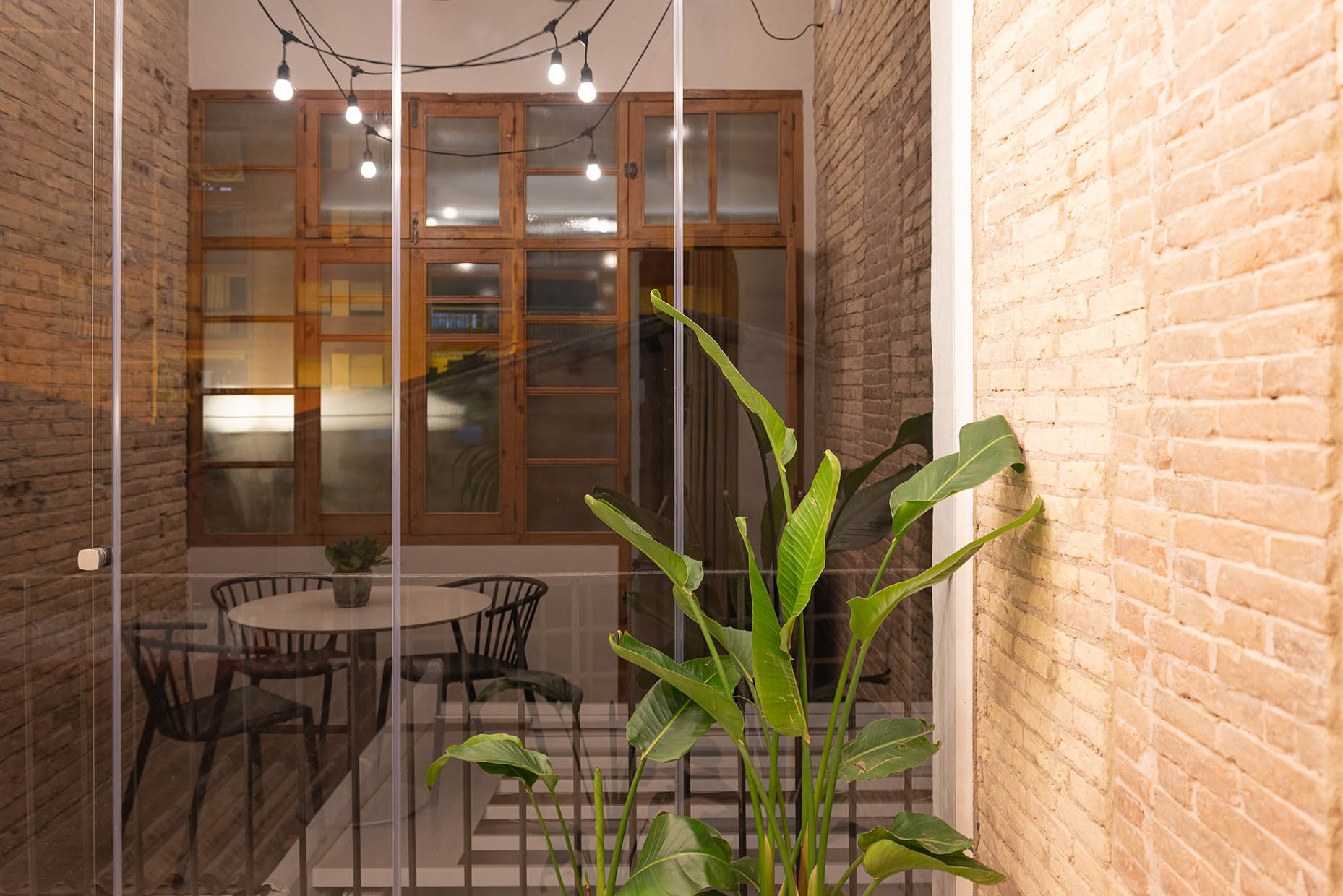
4. Good office design adapts to the future
The work environment continues to evolve, as do the demands of companies and their employees. The key is designing hybrid, adaptable spaces that can evolve without losing their essence. Personalizing the design and paying attention to details will make the difference between a standard space and one that truly fosters the development and well-being of its users.
Versatile spaces that respond to today’s and tomorrow’s needs.
Improve functionality and well-being in your office with a comfortable and versatile environment.
Contact us to boost productivity.